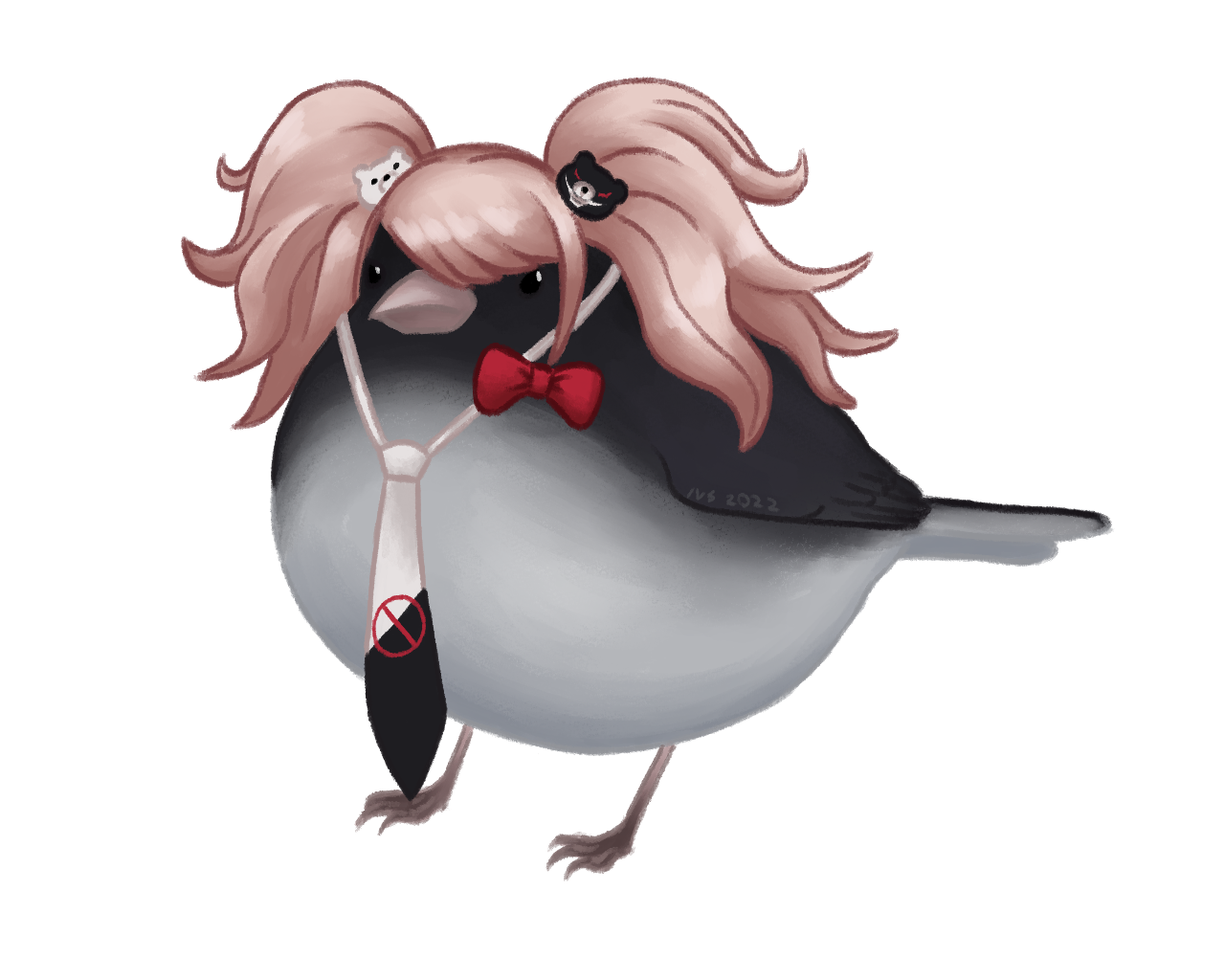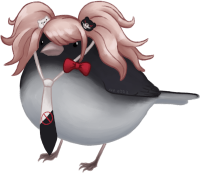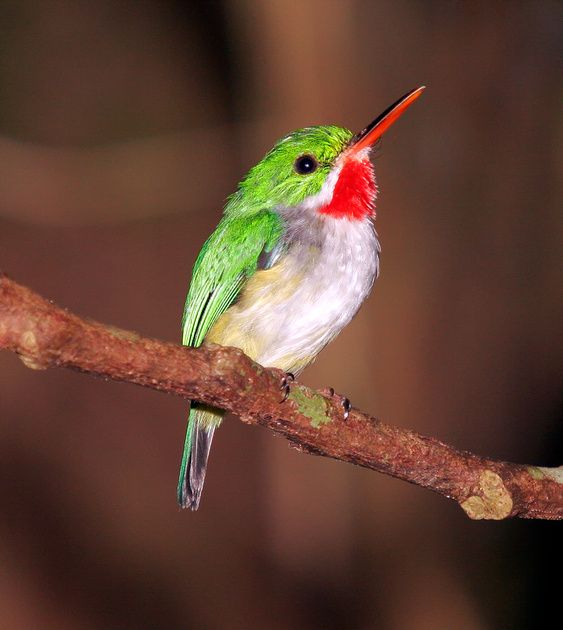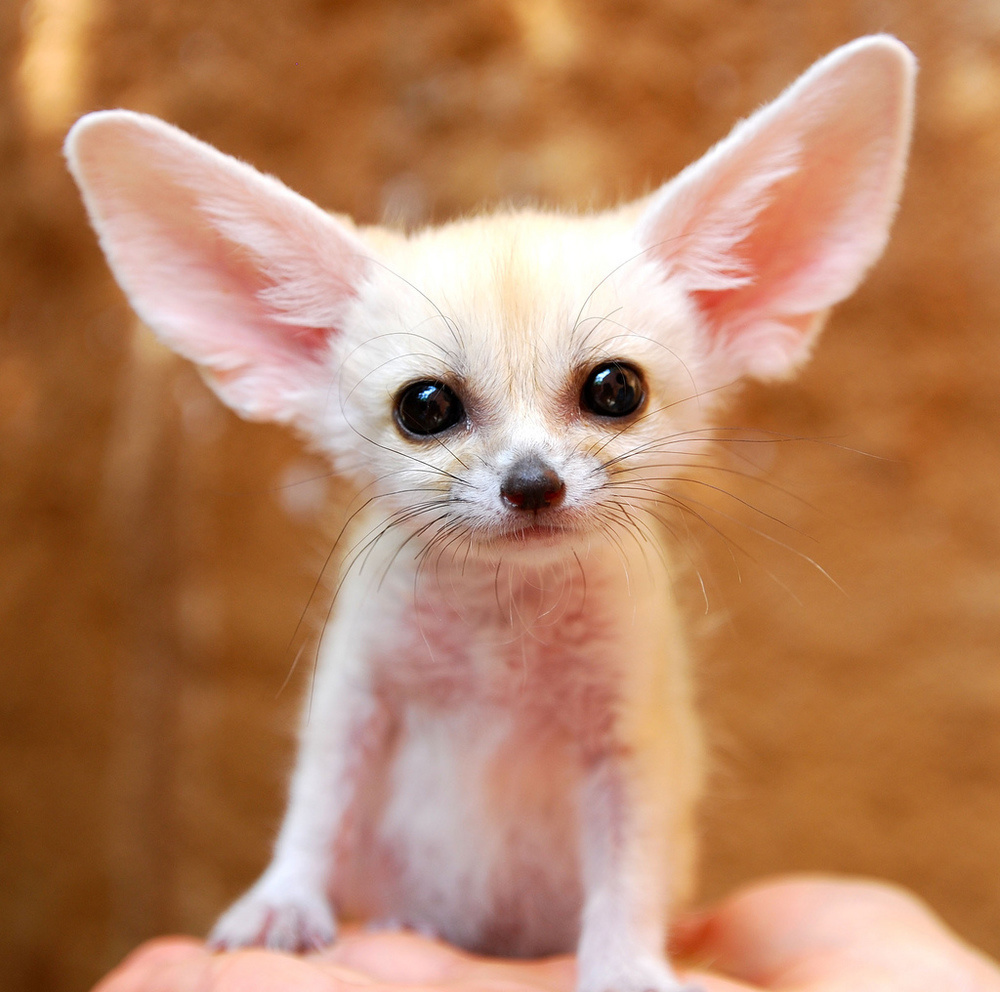The dark-eyed junco is a species of junco, a group of small, grayish New World sparrows. The species is common across much of temperate North America and in summer it ranges far into the Arctic. It is a variable species, much like the related fox sparrow, and its systematics are still not completely resolved. Juncos like to live in conifer and mixed woods, during the summer. In winter, open woods, undergrowth, roadsides, brush. Over its wide range, breeding habitat is consistently coniferous or mixed woodland, usually in rather open situations such as edges or clearings. Winters in many kinds of semi-open habitats including woodland edges, thickets, brushy places, suburban areas. Close to half of summer diet of adults consists of insects, including caterpillars, beetles, grasshoppers, true bugs, and others, also spiders. Feeds heavily on seeds of weeds and grasses, especially in winter. Also eats some berries. Young are fed mostly insects. Male Dark-eyed Juncos sing an even, musical trill of 7-23 notes that lasts up to 2 seconds. It’s similar to the songs of both the Chipping Sparrow and the Pine Warbler, and is loud enough to be heard from several hundred feet away. Both sexes sing a much quieter song as well, a series of whistles, trills, and warbles that may sound like an American Goldfinch. This song typically doesn’t carry any farther than about 40 feet. Juncos have a high, short chip note that they often give in rapid succession when they fly and more slowly as they forage; the note may encourage other juncos to follow. A sharp but musical kew seems to indicate aggression and encourages two birds to move apart; it’s usually given by the dominant bird. You may also hear juncos give a high, fast twittering call of 6–19 notes during altercations or as birds flush. Here is a link so you can listen to this bird too.
Ayo?

Hopes Beak
@GrainEater@lemmygrad.ml New emote pls 👉👈🥺
all right, just for you

Awwww thanks🥰🥰🥰

wait @Kirbywithwhip1987@lemmygrad.ml isn’t that the girl thing from your anime or something?
If she could talk like crows and parrots, imagine what would she say
That is one round floofer. A+ tweets as well.
True
haha
🤭🤭🤭
*insert danganronpa joke*🤣🤣🤣
chonky
Some would go as far as to say rotund
The Junco of Junco Partner fame? https://yewtu.be/watch?v=PtBDXzaPgWM









